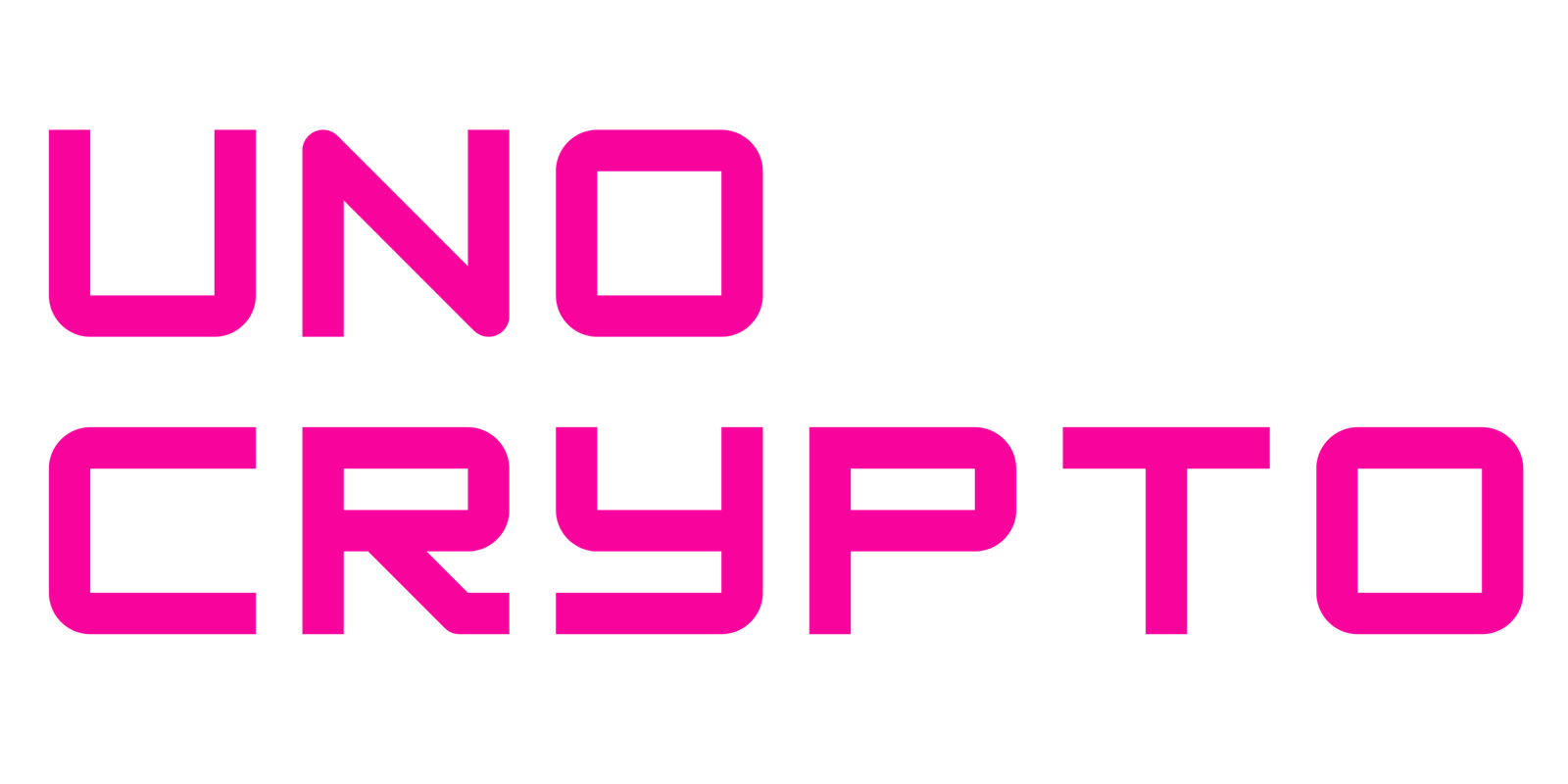HIVE Digital has made a landmark move in the Bitcoin mining industry with its $56 million acquisition of Bitfarms’ partially completed mining facility in Iguazu, Paraguay.
The strategic investment represents more than just a simple facility purchase; it marks HIVE’s ambitious push to expand its Bitcoin mining computing power to an impressive 25 EH/s by September.
The 200-megawatt facility’s location is particularly significant, as it taps into Paraguay’s abundant renewable hydropower resources, positioning HIVE at the forefront of sustainable mining operations.
The acquisition demonstrates the company’s commitment to both operational expansion and environmental responsibility, setting a new standard in the evolving landscape of cryptocurrency mining.
Financial Structure and Implementation Strategy
The acquisition’s financial framework reveals a carefully planned approach to facility development and resource allocation.
HIVE has structured the $56 million payment in two parts: an initial $25 million payment due by the end of the first quarter, followed by six monthly installments totaling $31 million.
The phased payment approach aligns with the facility’s development timeline, with the first phase currently at 80% completion and scheduled to be operational by April 1, 2025.
The initial phase will contribute significantly to HIVE’s mining capacity, adding 6 EH/s of Bitcoin mining power in the second quarter of 2025.
The completion cost is estimated at $400,000 per megawatt, with funding secured through HIVE’s existing cash reserves and Bitcoin holdings, demonstrating the company’s strong financial position and strategic resource management.
Also Read: BitFuFu & Bitmain Sign 2-Year Agreement For Purchase of 80,000 S-Series Bitcoin Mining Machines
Technological Innovation and Operational Excellence
The second phase of the project showcases HIVE’s commitment to technological advancement in the mining sector.
Scheduled for completion by August 31, 2025, this phase will integrate cutting-edge water-cooled Bitmain S21+ ASIC mining hardware, expected to add another 6.5 EH/s of mining capacity.
The technological choice is particularly significant as it represents the intersection of two crucial factors in modern mining operations: maximizing computational efficiency while maintaining environmental sustainability.
The water-cooling technology is especially well-suited to Paraguay’s climate and infrastructure, potentially offering superior performance and longevity compared to traditional air-cooled systems.
The phase demonstrates HIVE’s understanding that long-term success in Bitcoin mining requires not just raw computing power, but also sophisticated thermal management and energy efficiency solutions.
Bitcoin Mining Industry Travails and Developments
The broader context of HIVE’s expansion reveals significant shifts in the global Bitcoin mining landscape.
While HIVE advances its Paraguay operations, other major developments are reshaping the industry.
Russia’s state-owned Rosseti Group is exploring cryptocurrency mining as a solution for unused power capacity, while BitFuFu pursues expansion in Oklahoma with advantageous energy rates at $0.03/kWh.
Additionally, Canaan’s introduction of Bitcoin mining heaters for home use signals growing interest in decentralized mining solutions.
These parallel developments, alongside HIVE’s strategic expansion, indicate a maturing industry where success increasingly depends on optimizing the intersection of energy costs, technological efficiency, and environmental sustainability.
HIVE’s Paraguay facility, powered by renewable hydropower, positions the company advantageously in this evolving landscape, particularly as environmental considerations become increasingly central to Bitcoin mining operations.
Also Read: BitFuFu’s US Expansion Plans Include 51 MW Oklahoma Bitcoin Mining Farm Deal


